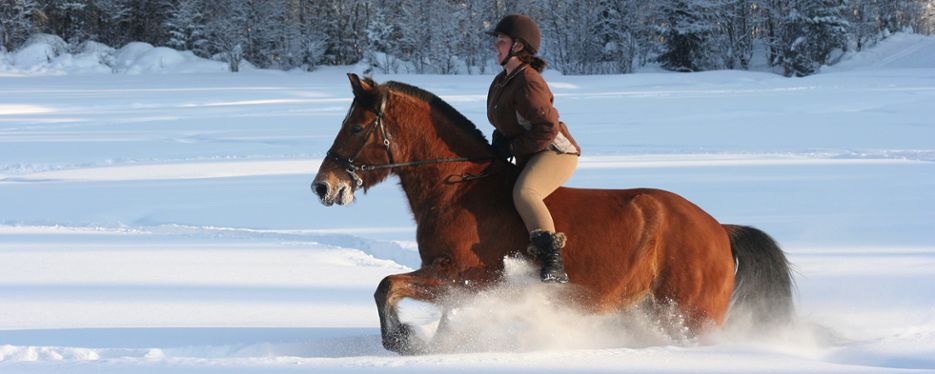Large quantities of snow can create significant traffic problems and cause damage to buildings, cables and trees. These problems are usually exacerbated by strong winds and wet, heavy snow.
The amount of water trapped in the snow cover during the winter, which then melts in the spring, affects runoff in our watercourses at different times of the year. This is most evident in certain years when extensive snow cover melts rapidly and creates a problematic spring flood.
Snow cover can bring opportunities for recreation, such as skiing. Christmas is the time of year when expectations of snow might be at their greatest. Thick, long-lasting snow can also create transport opportunities in areas where there are no roads.
The duration of snow cover
In the valleys of the northernmost mountain regions, the first snow cover normally appears at the start of October. In the high mountains, this happens as early as September. The temperature is relatively high during the autumn and early winter closest to the sea and lakes, which is why coastal regions generally have little snow in early winter. Along the south coast of Skåne, snow cover tends to appear some way into December.
It can take considerably longer before longer lasting snow cover forms, particular in the southern parts of the country. South of a line running from central Värmland, through southern Dalarna to central Gästrikland, the snow cover cannot be counted on lasting right through the winter.
With climate change, the duration of snow cover is expected to reduce. In the southern parts of Sweden, long-lasting snow cover will probably become rare.
